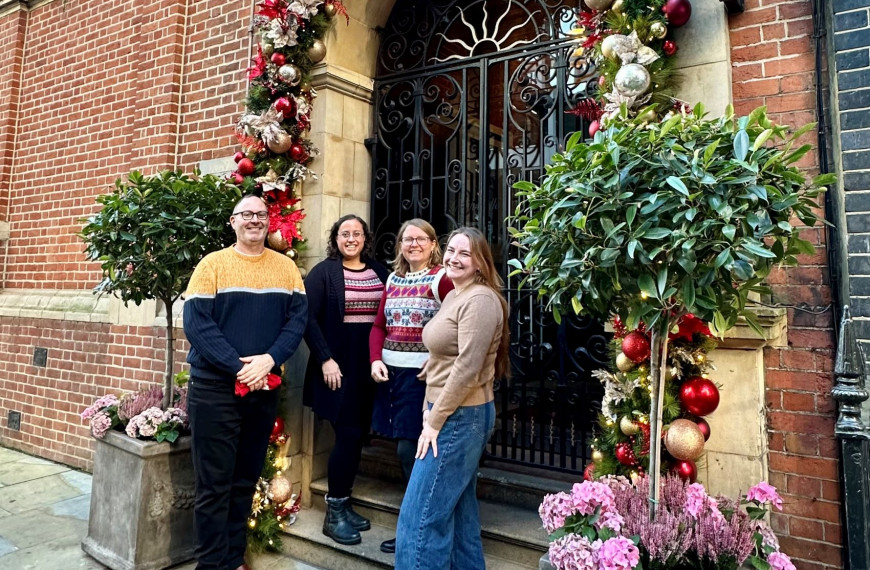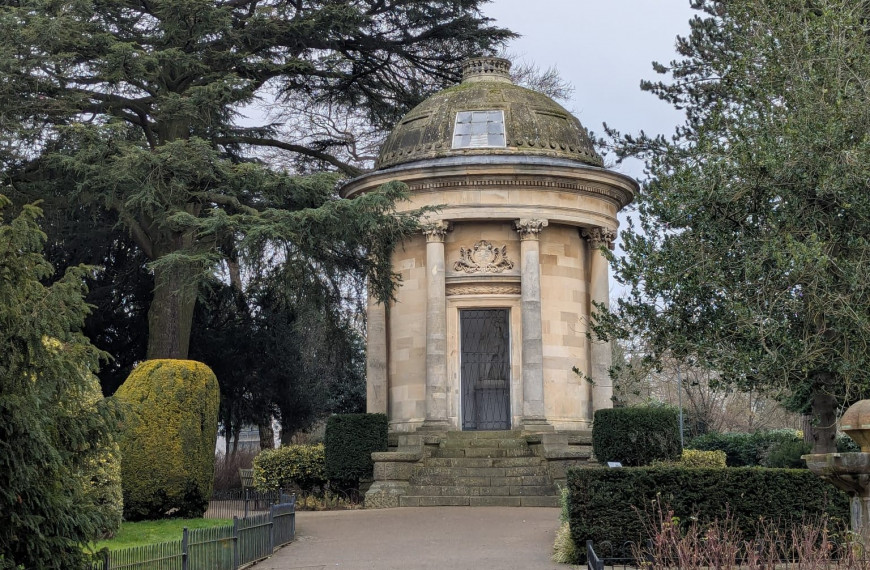‘Conway is a unique gem, unsurpassed in the entire kingdom.’
These words, written by John Swarbrick, the founder of the AMS, in his 1953 article for the first ever volume of the Transactions, sum up the medieval town of Conwy in north Wales most succinctly.
Perhaps most visually eye-catching is the UNESCO World Heritage Site, Conwy Castle, built in just four years, between 1283 and 1287, under the order of King Edward I. However, this is just one part that makes up this magnificent medieval town.
Swarbrick also notes in his article that Plas Mawr, the Elizabethan home of Robert Wynne, stands as the most significant domestic structure in Conwy. Constructed in the late sixteenth century, this impressive stone mansion features mullioned windows and wattle and daub panels within its timber-framed walls. Inside, several main rooms are adorned with extensive oak wainscoting and intricate plasterwork. Robert Wynne, the mansion’s builder, was the third son of John Wynne ap Meredith of Gwydir Castle in Llanrwst.
Beyond these two sites of particular special interest, Conwy is a near-perfect example of a medieval town, from the unbroken 1.3km ring of town walls, featuring 21 towers and three original gateways, to its historic parish church, to the general layout of its streets.
However, the town and Castle have come under threat multiple times in the past, whether embroiled in civil war or quiet in peace. Even as far back as 1665, letters from William Milward to Lord Conway reveal how Lord Conway had hired Milward to dismantle the Castle, dispose of the timber and ironwork and ship the lead to Ireland.
The Castle ultimately survived, but in 1939 the still-young AMS got involved when peacetime plans to modernise and improve the road system to manage increased traffic led to a proposal to develop an arterial road through the centre of the town.
Responding to the proposal at a Public Inquiry, Swarbrick declared that, ‘To carry a great thoroughfare through the town would not only destroy the sense of scale, which is essential if the charm of the town is to be maintained, it would have the effect of severing the town, disintegrating and breaking it up in such a way as to make it possible for visitors to rush through it without understanding in any adequate way what it was originally like.’
Commenting on the case, the AMS supported the alternative proposal of a by-pass along the quay outside the town walls and then by the coast, and on 17 May 1940, after some delay due to the breakout of the Second World War, the Minister of Transport issued the Chester-Bangor Trunk Road (Conway By-Pass) Order, 1940.
The keen and persistent involvement of the AMS contributed greatly to raising awareness of the risk to the town and its heritage and, in the face of two opposing proposals, the society fought hard for the plan best suited to its protection.
As John Swarbrick noted, ‘If [Conwy] is preserved in its entirety, future generations may see what a fortified mediaeval town was like and understand as they can in no other way how our social life has developed and our customs changed.’
HB&P will be returning to Conwy for a fascinating weekend-long exploration of Conwy and Llandudno this September! Join us to discover this nationally-important area of Wales and its fine heritage – for full information and to book, visit our website here: https://hbap.org.uk/weekend-in-conwy-and-llandudno-wales/
To learn more about the history of Conwy Castle and the AMS’ involvement, please see our digital Transactions, Vol 1 (1953), Vol 20 (1973) and Vol 29 (1985), available online here: https://hbap.pdfsrv.co.uk/


